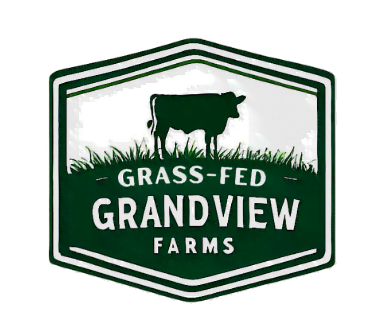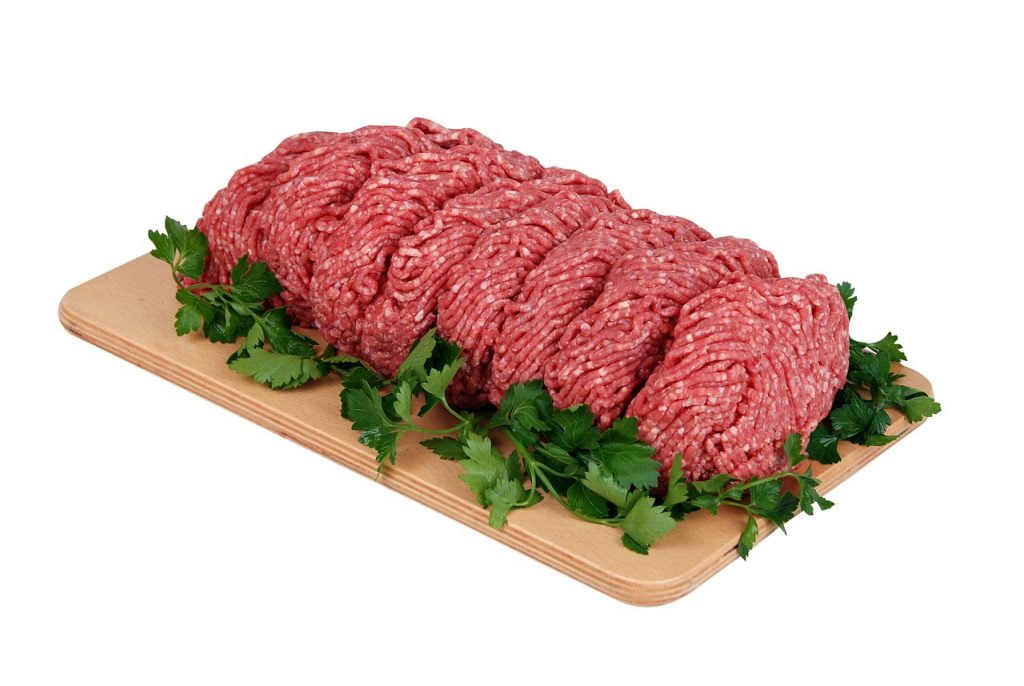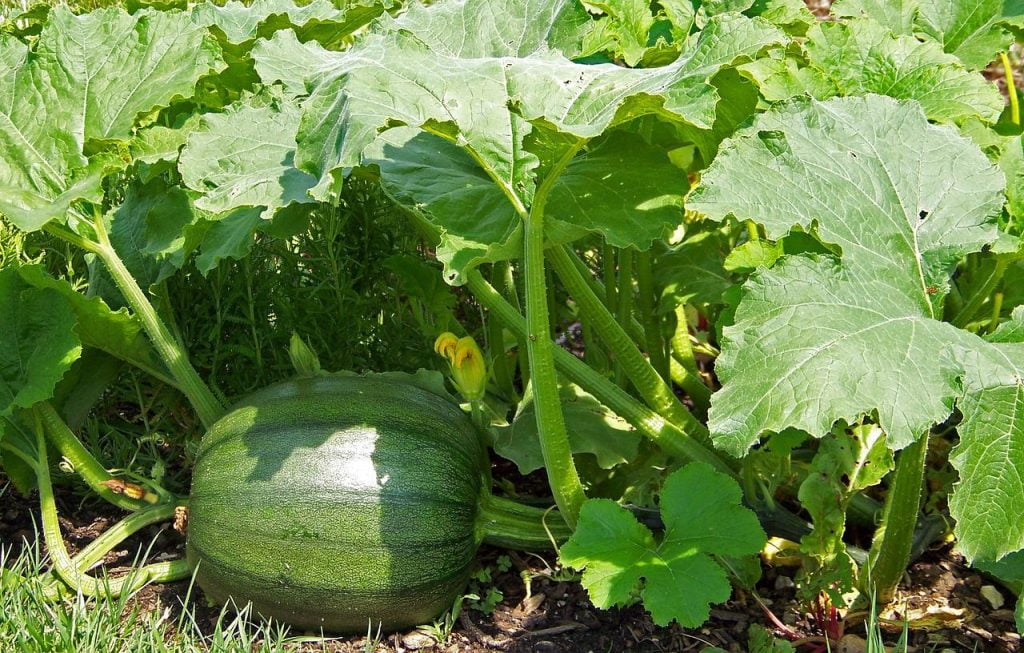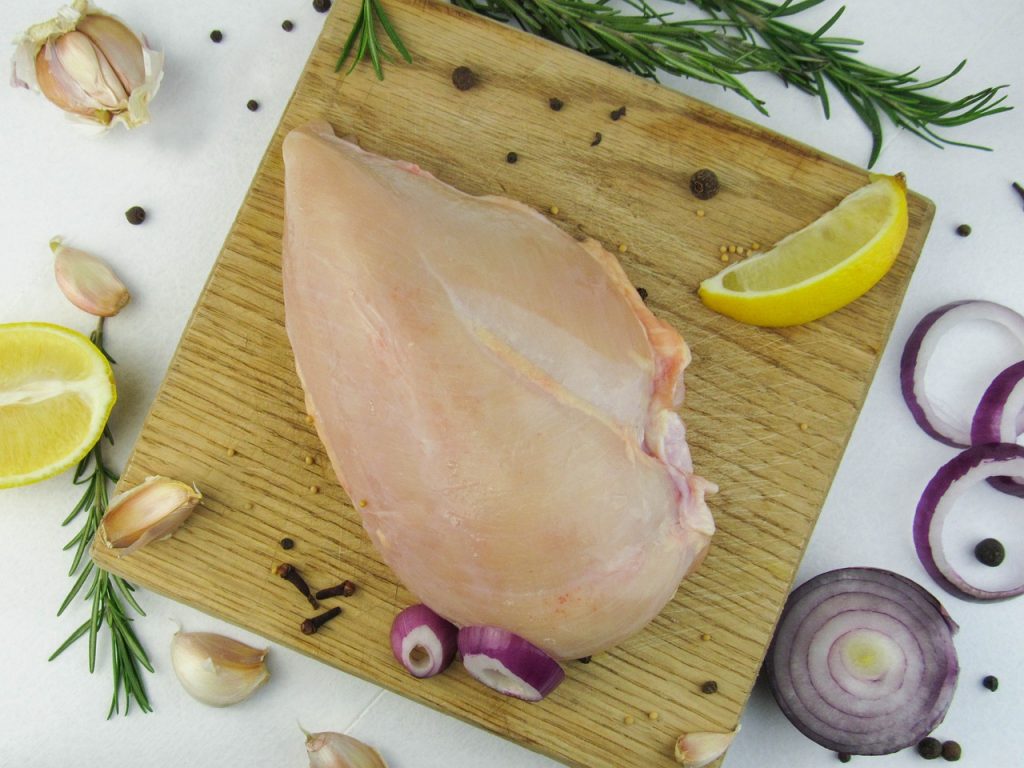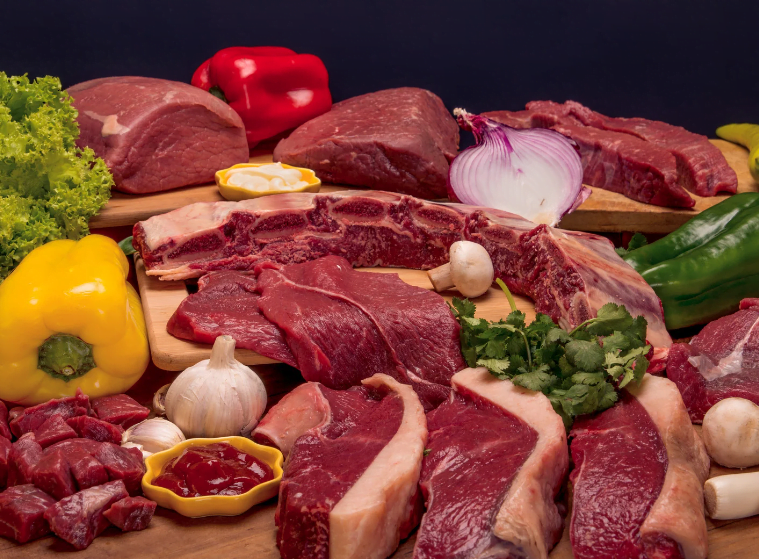
Tired of the mystery meat masquerading as “ground beef” at the supermarket? Longing for the marbling masterpiece that is a perfectly grilled ribeye? Ditch the fluorescent-lit aisles and step into the warm, welcoming world of your local butcher shop. There, amidst the clink of cleavers and the intoxicating aroma of freshly butchered meat, a symphony of flavors awaits to dance on your taste buds. Let’s delve into why butcher shop-sourced quarter beef cuts are the key to unlocking culinary nirvana, one succulent steak at a time.
Butcher Shop Bounty: Quality Beyond Compare
Gone are the days of questioning the provenance of your protein. When you buy from a butcher, you’re not just acquiring groceries; you’re establishing a relationship with a purveyor of quality. Butchers take pride in sourcing ethically raised, humanely treated animals from local farms. This focus on quality translates to superior taste and texture. Studies by the National Cattlemen’s Beef Association reveal that consumers rate locally sourced beef significantly higher in terms of tenderness, flavor, and juiciness compared to supermarket counterparts.
Fun Fact: Did you know that the average American consumes 54.9 pounds of beef per year? With butcher shop quality, you can turn those pounds into unforgettable culinary experiences.
Butchering Your Budget: Affordability and Savings
While the image of a butcher shop might conjure up visions of exorbitant price tags, the reality paints a different picture. Purchasing quarter beef cuts offer significant savings compared to buying individual cuts at the supermarket. According to a 2023 survey by the National Association of Retail Butchers, you can expect to save anywhere from 15% to 30% on your overall beef expenditure by going the quarter-beef route. Additionally, butchers often offer bulk discounts and package deals, further sweetening the deal.
Pro Tip: Ask your butcher about bone-in cuts. While requiring slightly more butchering skill, they retain more flavor and moisture, making them a budget-friendly gourmet option.
Beyond the Ribeye: A Symphony of Cuts
A quarter beef cuts are not just about steaks. It’s a treasure trove of culinary possibilities. Think succulent roasts perfect for slow-cooking, flavorful ground beef packed with natural marbling, and versatile boneless cuts ideal for stir-fries or kebabs. With a quarter beef, your freezer becomes a playground for culinary exploration, ensuring you never have to settle for another bland, grocery-store burger.
Did You Know: The chuck roast, often considered a budget cut, can be transformed into melt-in-your-mouth pulled beef when slow-cooked with the right seasoning and technique. Ask your butcher for tips!
Butcher Shop Wisdom: A Culinary Education
Forget deciphering cryptic labels and navigating endless meat aisles. Your local butcher is a wealth of knowledge, eager to share their expertise and guide you towards the perfect cut for your needs. Whether you’re a seasoned grill master or a budding gourmand, butchers can offer invaluable cooking tips, butchering demonstrations, and even recipe recommendations. This personalized service is just one of the many ways butcher shops enhance your culinary journey.
Fun Fact: The term “butcher” comes from the Old French word “boucher,” meaning “woodsman.” This connection to nature speaks volumes about the traditional butcher’s respect for the animals and the craft of meat preparation.
Supporting Your Community, One Ribeye at a Time
Purchasing from your local butcher shop isn’t just about enjoying delicious beef; it’s about supporting the backbone of your community. Butcher shops create local jobs, inject valuable resources into the economy, and often source their ingredients from nearby farms, fostering a sustainable ecosystem. So, every time you choose a butcher shop cut, you’re not just feeding your family; you’re nourishing your community.
Bonus Tip: Many butcher shops offer custom cutting services. Don’t be shy to ask for specific cuts or thicknesses to suit your recipe or cooking style.
Unveiling the Meat Masterclass: Exploring Butchering Styles for Flavorful Adventures
Stepping into a butcher shop is like entering a library of flavors, each cut representing a unique culinary chapter. But beyond the familiar ribeyes and ground beef lies a fascinating world of butchering styles, each influencing the taste and texture of the meat in captivating ways. Let’s embark on a meaty exploration, dissecting the differences between dry-aged and wet-aged beef, delving into the merits of grass-fed animals, and discovering the secrets of regional butchering traditions.
The Art of Aging: Dry vs. Wet
Imagine two cuts of the same steak, lying in wait for your culinary embrace. One has been suspended in a cool, dry chamber, exposed to air and time, like a seasoned sage contemplating life’s mysteries. This, my friend, is dry-aged beef. Its journey has sculpted its flavor, concentrating its juices, intensifying its beefy umami notes, and tenderizing its fibers through natural enzymatic processes. Expect a complex, almost nutty flavor, a melt-in-your-mouth texture, and a price tag that reflects its artisanal transformation.
On the other hand, nestled in a vacuum-sealed bag, bathed in its own juices, waits wet-aged beef. This method expedites the aging process, delivering tenderness in a shorter timeframe. While it lacks the depth of flavor and aroma of its dry-aged counterpart, wet-aged beef retains its moisture, making it juicy and suitable for quick-cooking methods. Imagine it as a young apprentice, eager to please but still honing its depth of character.
The Grass is Greener: Understanding Grass-Fed Beef
Beyond aging styles, the diet of an animal plays a crucial role in its meat’s personality. Grass-fed beef comes from cows who have munched on their natural diet of grasses and legumes. This translates to a leaner cut with higher concentrations of omega-3 fatty acids, known for their health benefits. The flavor? Expect a slightly gamier, earthier profile, reflecting the diverse botanical tapestry the cows have grazed upon.
Compared to grain-fed beef, which boasts higher fat content and a milder flavor, grass-fed beef presents a more nuanced culinary experience. It’s like comparing a light summer salad to a rich winter stew – both delicious, but each offering a unique symphony of textures and tastes.
Traveling Through Taste: Regional Butchers and Traditions
But it’s not just aging and diet that shape the meat’s story. Butchering traditions around the world add their own unique chapters. In Japan, the art of Wagyu beef revolves around meticulous marbling and precise knife work, resulting in melt-in-your-mouth steaks with unparalleled flavor. Argentina’s asado culture celebrates large cuts grilled over open flames, infusing the meat with smoky char and a distinctive taste of the Pampas.
Closer to home, American regional styles like Texas barbecue and Carolina-style pulled pork showcase the versatility of different cuts and cooking methods. Each tradition whispers its own culinary secrets, inviting you to experiment and discover new dimensions of flavor.
The Butcher’s Choice: Unlocking the Potential of Your Cuts
Remember, the butcher is your culinary co-pilot on this flavor adventure. Don’t hesitate to ask about their preferred aging methods, their recommendations for specific cuts, and their secret tips for unlocking the full potential of your chosen beef. Their expertise can guide you towards creating truly unforgettable meals, transforming your kitchen into a stage for delicious dramas.
So, the next time you stand before the butcher’s counter, don’t just see slabs of meat – see possibilities. Each cut holds a story waiting to be written, a flavor symphony waiting to be composed. Choose your butchering style, explore the world of grass-fed possibilities, and delve into the rich tapestry of regional traditions. Your quarter beef cuts might be just the beginning of your culinary odyssey, an invitation to savor the art of the butcher and write your own delicious chapter in the world of meat.
Thank you for reading blogs from Grandviewfarms.
You may also like:
Ultimate Crunch, Ultimate Cheese: The Bacon and Cheddar Burger is the King of the Grill
Global Eats: Corned Beef Eye Round – A Savory Passport Stamp in Every Bite
Kiss the Grain Goodbye: Grass-Fed Brisket – The Tender Truth Behind the Smoke
